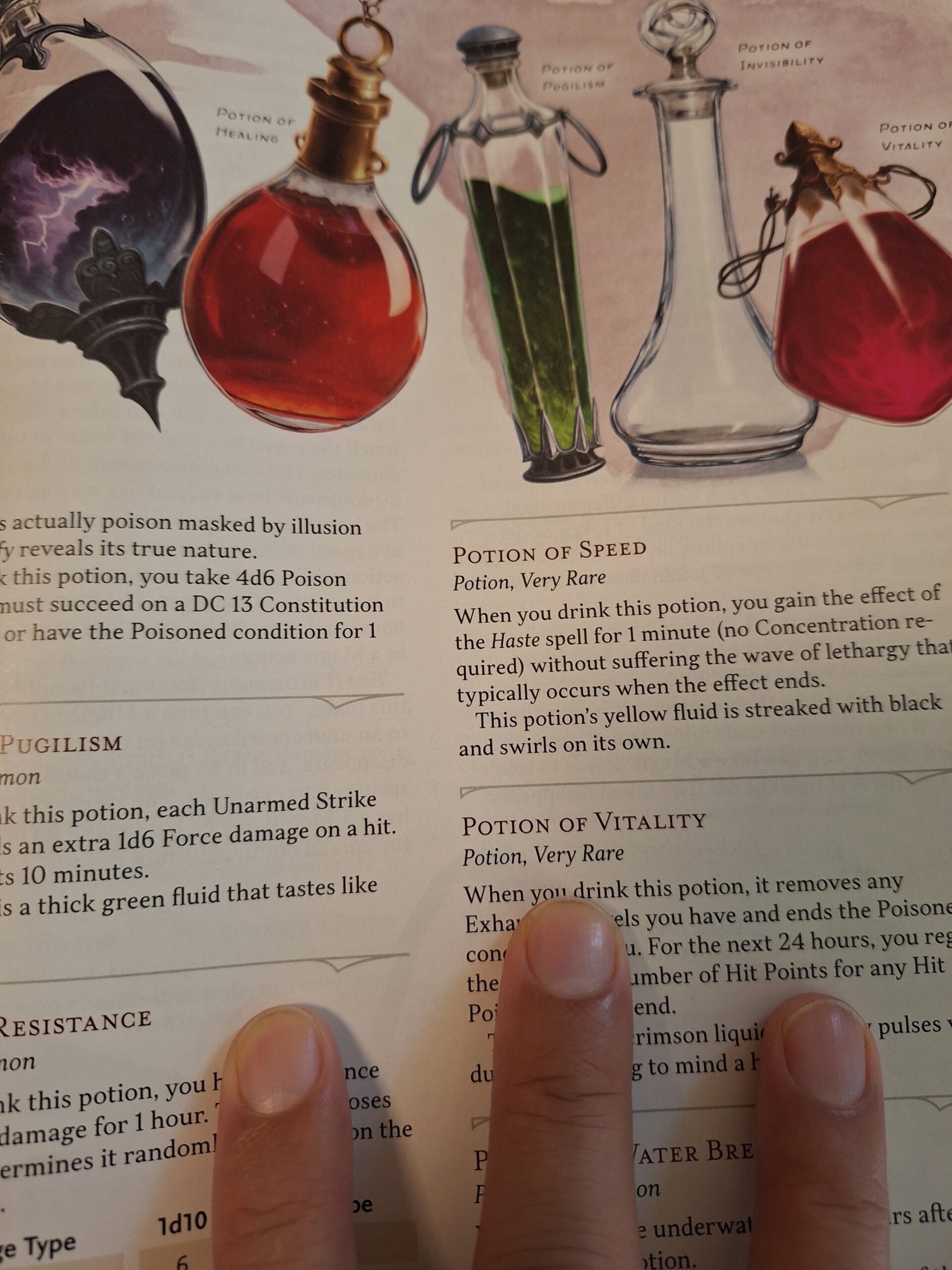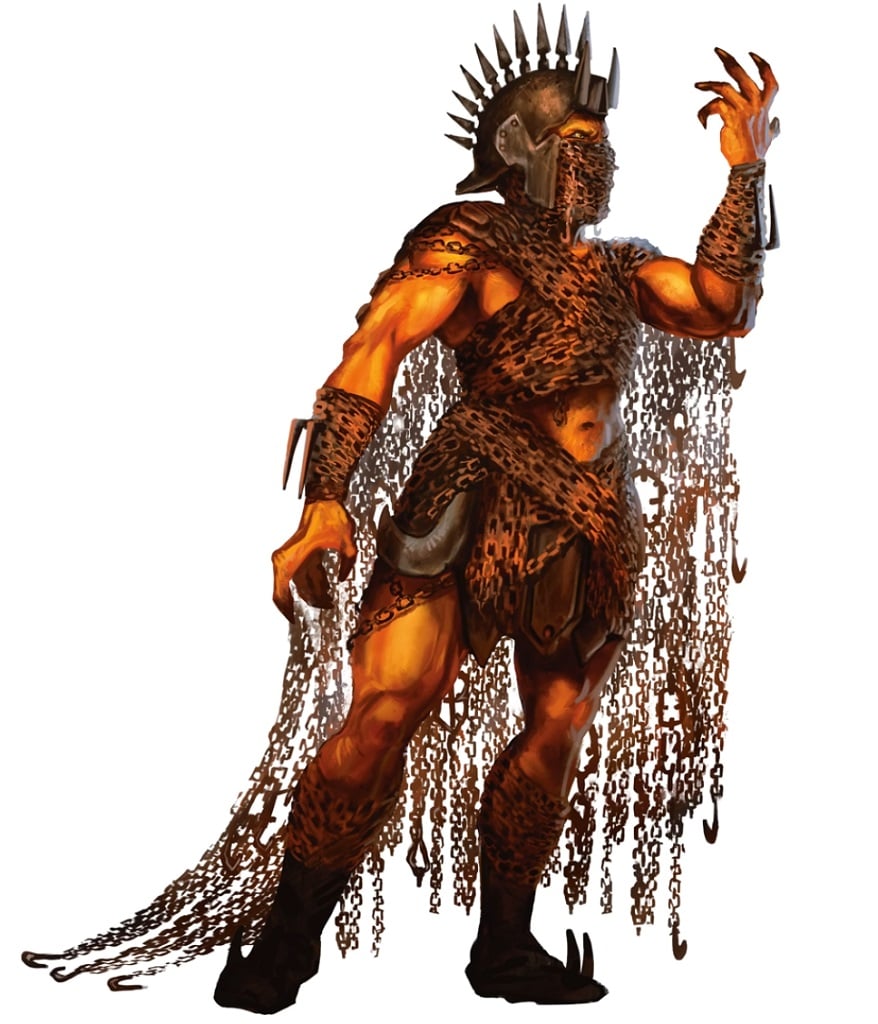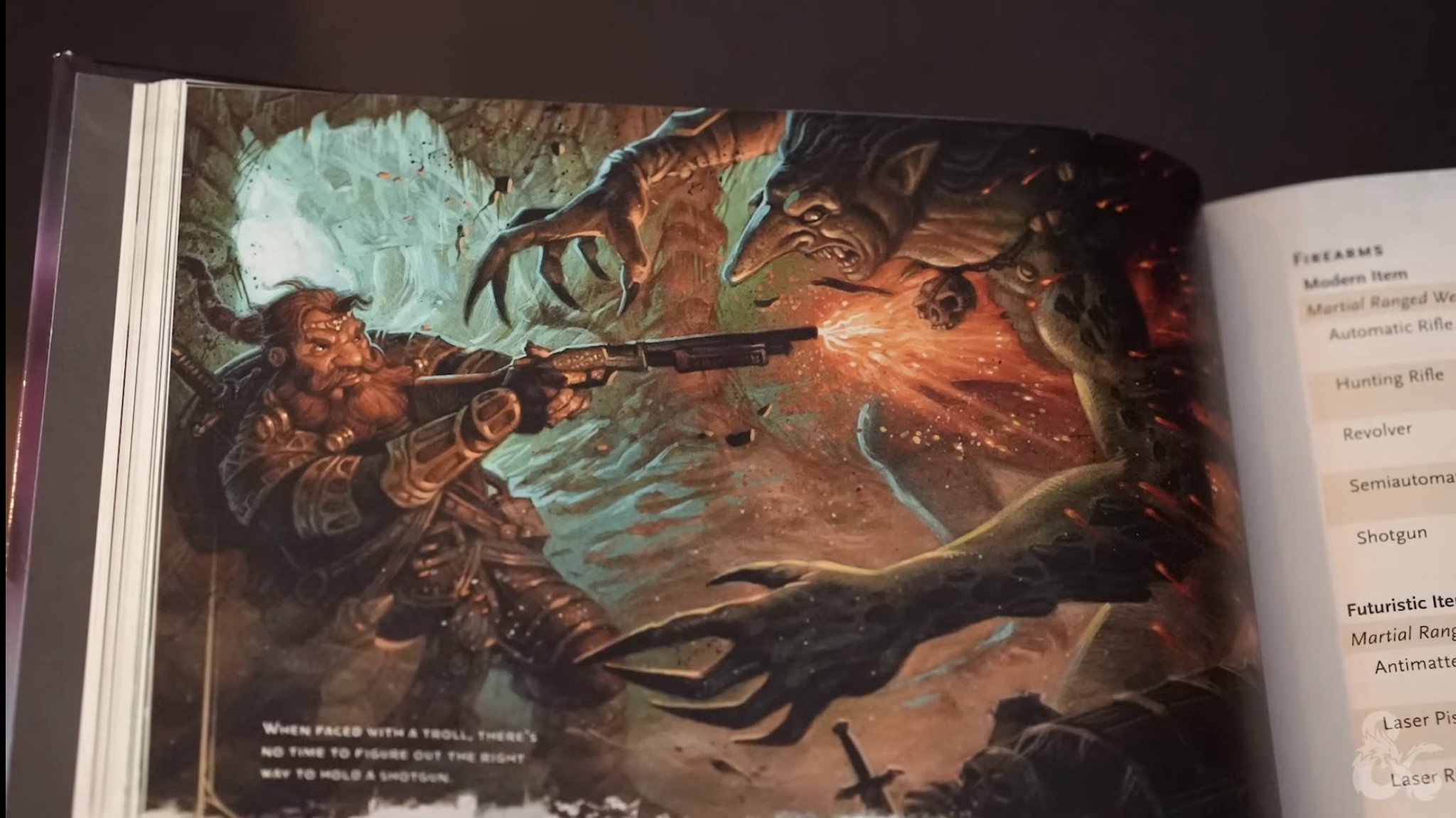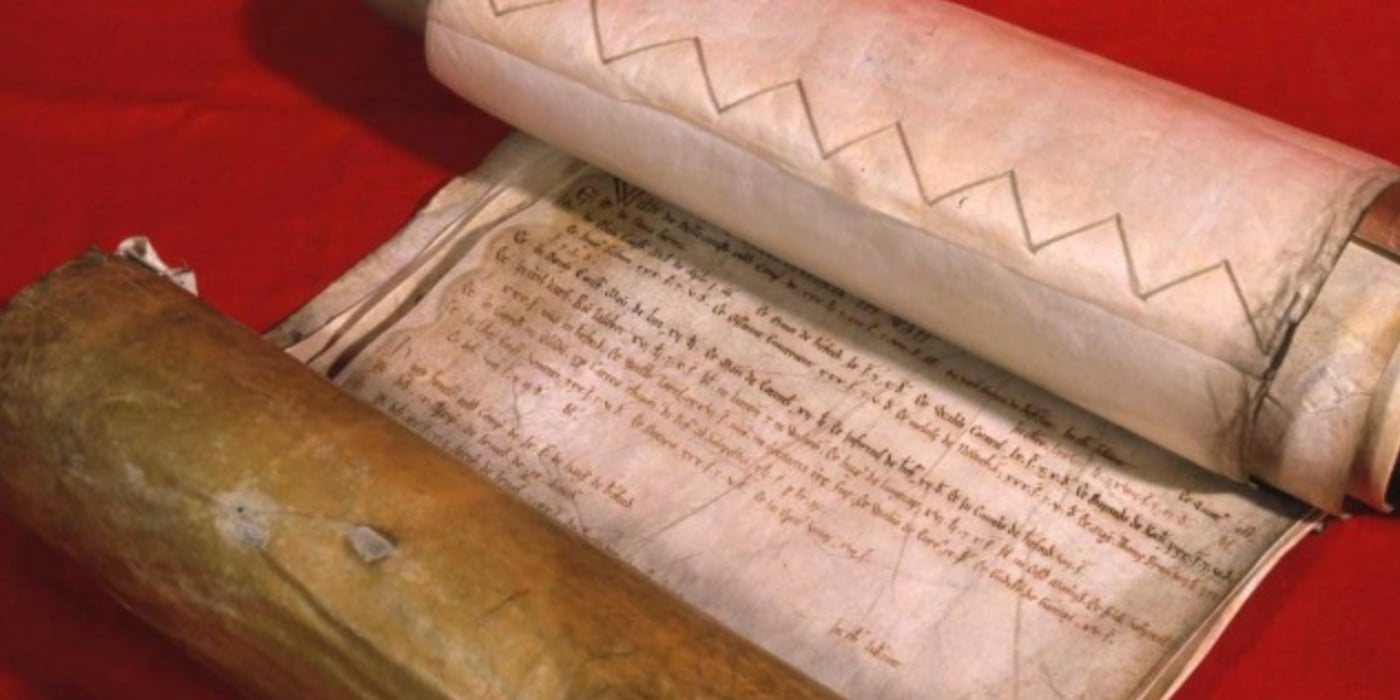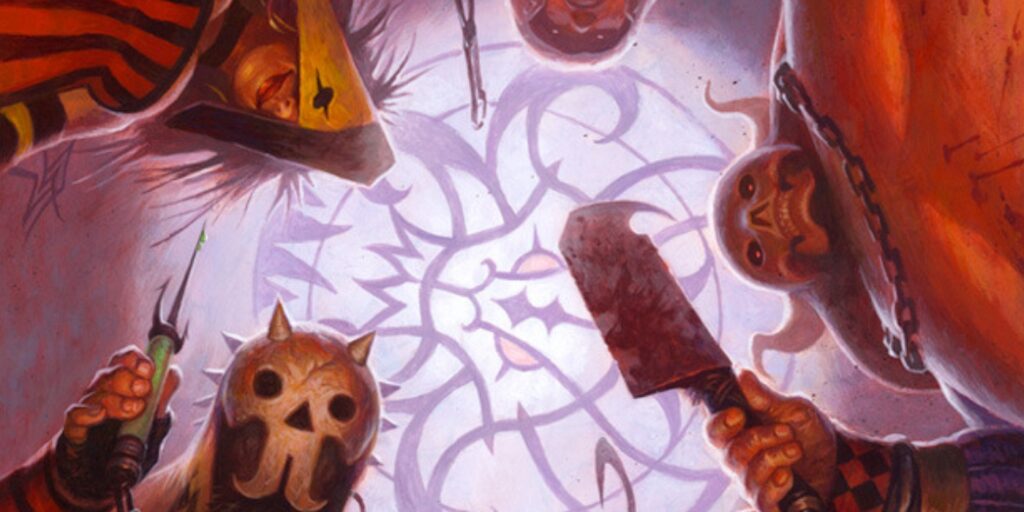D&D: Useful Items and How to Craft Them

D&D has crafting rules. Did you know? Here are five useful items you can craft straight out of character creation.
Crafting different pieces of gear, like armor and swords has long been a part of fantasy’s plethora of archetypes. And thanks to games like Kingdom Come: Deliverance 2, or The Witcher 3, the idea of craftable items and tonics and potions is back in the zeitgeist.
Fortunately, D&D has new, more structured crafting rules, sort of. And from the outset, you can craft your own gear, including weapons, armor, even a few magical items, if you’re so inclined. All without needing much more than your basic starting proficiencies.
Here are five craftable items, and what it takes to make them. Spoiler alert, it’s mostly downtime and gold pieces.
Potion of Healing
Adventurers rejoice, the humble potion of healing can now be brewed up at your leisure. And healing potions are better than ever in D&D 5.5E. Now for the low price of a single bonus action, you can heal yourself or an ally within 5 feet for 2d4 + 2 hit points.
On top of that, it’s easier than ever to keep yourself swimming in red healing kool-aid. All you need is 8 hours of downtime, 25 gold pieces for reagents, and proficiency with an herbalism kit.
Perfume
Perfume is one of the most underrated pieces of mundane equipment in the Player’s Handbook. It’s a new (to 5.5E) item that gives a pretty substantial benefit. While wearing a spritz of perfume, you have Advantage on any Persuasion checks you make to influence an Indifferent Humanoid (which is the default assumption for most) within 5 feet of you. It’s an hour long source of Advantage on Charisma checks, making social interactions a lot more in your favor.
And all you need to make it is 2 gold and 5 silver’s worth of ingredients and proficiency with Alchemist’s Tools, and you’ll have it brewed in 8 hours.
A Chain
Why make a chain, you might ask? Because a humble chain can throw a surprising wrench into an enemy’s plans, and it all has to do with how chains work as items in 5.5E. As a Utilize action you can wrap a chain around a creature within 5 feet who is Grappled, Incapacitated, or Restrained. So you can wrap a chain around someone who your buddy has grappled, even just for a round.
For your trouble, you give the target creature a Restrained cndition that lasts until it escapes from the Chain, which requires a DC 18 Acrobatics check, or a DC 20 Strength check to escape from. Those are checks, not saves, so even Legendary Resistance won’t save your enemy from the strength of your chain.
And you can forge them yourself. Not from your misdeeds in life (those kinds of chains evaporate after three ghosts visit you and you change your ways), but from 2.5 gp worth of metals, and proficiency with Smith’s Tools. Again, you can whip one up in about 8 hours.
A Gun (Musket or Pistol)
Muskets and pistols are standard equipment in D&D now. Which makes sense. Firearms were invented deep in the heart of the temporal pastiche that most people draw from for works of “fantasy”.
Sure, they’re a little more renaissance-y than medieval-y. But so are most of the things you use in your game, unless you’re a very specific kind of history nerd who plays with very specific kinds of rules. I wouldn’t worry too much about it.
Either way, a character can make a musket or a pistol if they’ve got proficiency with Tinker’s Tools, and either 250 or 125 gp worth of materials. This will take you longer than a day, though. Tinkering up a musket will take you 50 days, while a pistol will take 25 days (though they need not be consecutive, and you can have someone help you to halve the time).
A Spell Scroll
But even more powerful than firearms? Magic. And in D&D, creating scrolls is a potent way to increase the firepower of any spellcaster. Or non spellcaster, if you’re the right kind of Rogue. A Thief Rogue can use a Spell Scroll as a Bonus Action, for instance. Spell scrolls can enhance your capabilities, allowing you to not spend your precious spell slots – while also enabling you to work around the “only one leveled spell per turn” rule because it’s “one leveled spell slot” per turn, so using a scroll means you could still cast a spell as a Bonus Action. Sorcerers love it.
And it’s even better, because if you make a Spell Scroll yourself, you get to use your own spellcasting bonus and modifier—and Cantrip spells are cast at your level rather than a set level from the scroll. Which means you can really pad out your magical arsenal. Especially since making a Cantrip Spell Scroll only takes you 15 gp and a single day, while a Level 1 scroll will take 25 gp and a single day. After that, it starts to get more expensive and take much longer, but that’s up to you.
You don’t even have to have Arcana to make one, just proficiency with Calligrapher’s Supplies will do. Though you do need to have the spell prepared on each day you’re working on it. But Rogues, for instance, can get around that with a single level of Wizard, or a feat like Magic Initiate.
So get out there and craft your victory!

